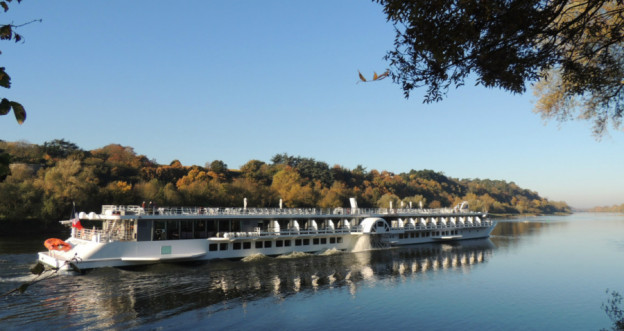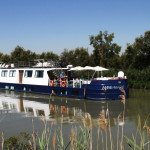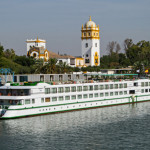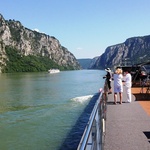Michael Edwards takes a paddle-powered riverboat along the shallow Loire River with a CroisiEurope Loire River cruise
“The past is another country. They do things differently there.”
And LP Hartley, in his novel The Go Between, was only writing about the Edwardian era in Norfolk. Medieval and Renaissance France really is another country.
This CroisiEurope Loire River cruise, a paddle-powered riverboat, with considerable help from coach trips, glides guests through the Loire, both past and present.
The shallow Loire, with its mid-stream, sandy islands, has always been a navigational challenge. Viking marauders had to decant from their longships onto smaller boats. CroisiEurope’s 90-metre, 48-cabin Loire Princesse was purpose-built at the St Nazaire shipyard, with a below-the-waterline depth of just 0.8 of a metre.
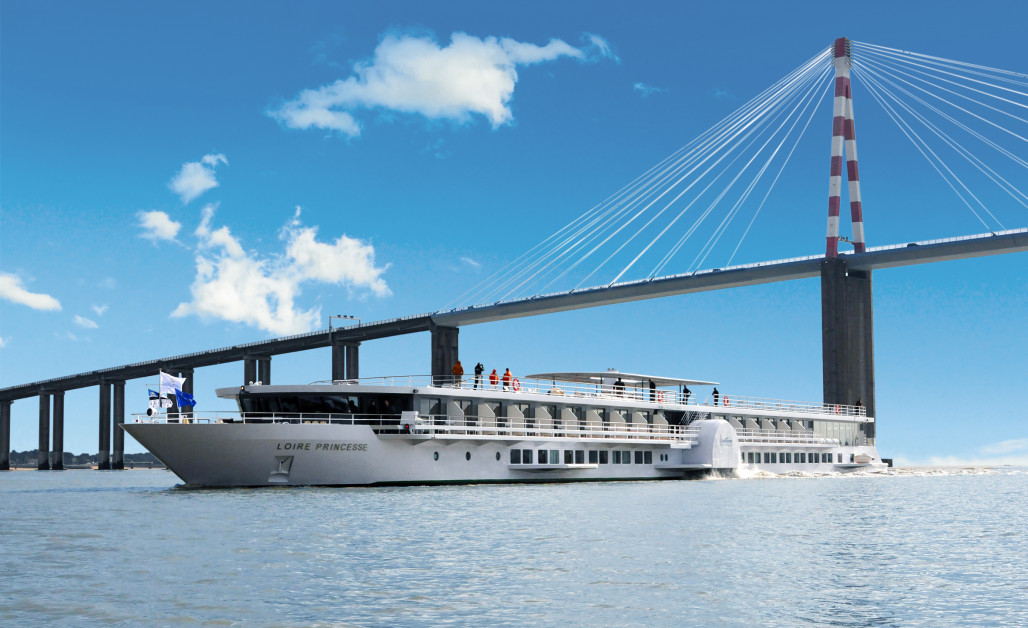
The stylish riverboat, the only one sailing the Loire, looks as if it has cruised in from the Mississippi. It transports passengers to very different times when power politics were played out along the chateaux of the Loire and its tributaries.
Focusing on the west of the region, CroisiEurope’s chateau day visits some of the Loire’s quieter castles: Azay de Rideau, Villandry and Ussé. Though with their fairy-tale towers, Renaissance formal gardens and mirror moats, these chateaux can aesthetically compete on equal terms with the likes of Chambord and Chenonceau.
CroisiEurope Loire River cruise expert guides, in French and English, tell of a people who slept propped up by cushions in a half-sitting position. Possibly because they feared their soul would escape from their mouth if they lay supine. Perhaps because they feared that bodily fluids would rush to their head.
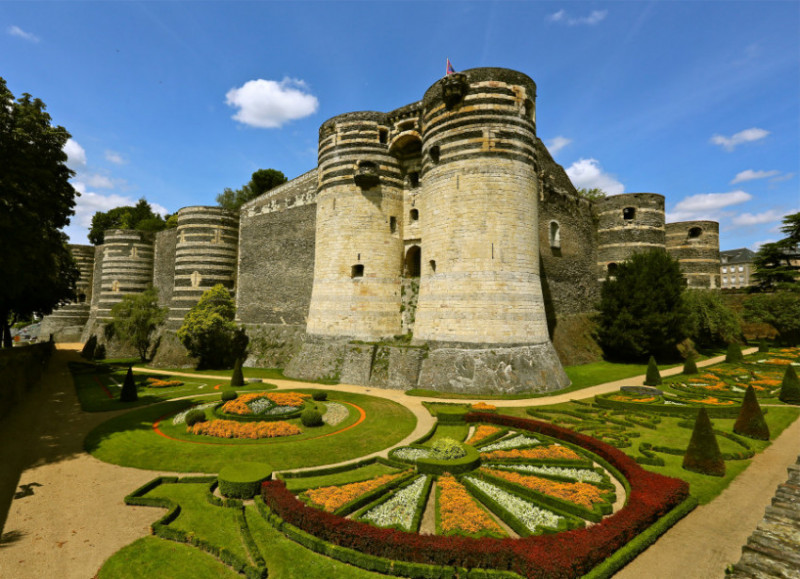
A visit to the world’s largest tapestry, the Tapestry of the Apocalypse, is another insight into the Medieval mindset. Angers fortress houses 103 metres of visions of heaven and hell, though once there were 144 metres, but their messages fell foul of French revolutionaries who mutilated the tapestry.
An onboard presentation on the CroisiEurope Loire River cruise about the Loire’s chateaux reveals that folk only ate with a knife until Catherine de Medici introduced the fork. You can imagine macho mealtimes ripping apart hunks of venison. All those mounted antlers are a big dietary clue.
Mealtimes on the Loire Princesse, in a panoramic windowed restaurant, are considerably more refined. More than one fork is provided for the served three-course lunches and dinners. How would a Renaissance courtier, equipped with just a knife, have coped with hake on squid ink linguini? Or a bespoke order of fried eggs for breakfast?
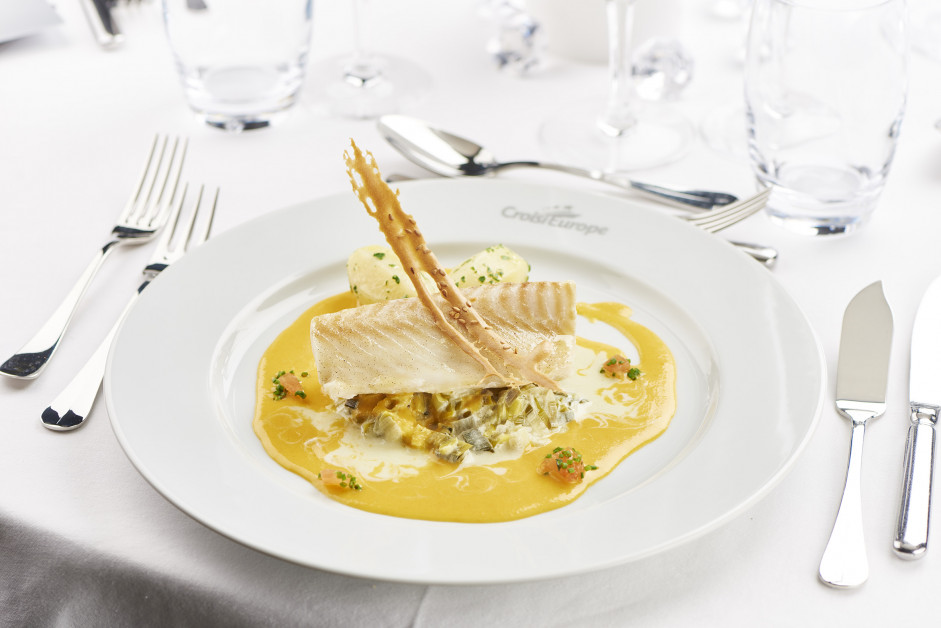
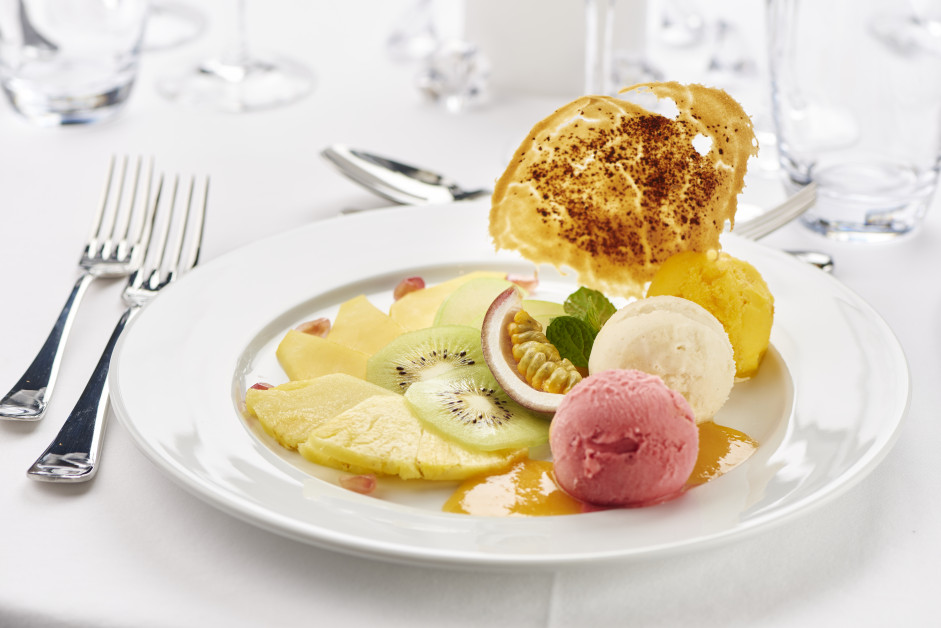
Though Catherine de Mexico’s influence was not always so benign. Suspected of Machiavellian tendencies, she was thought to keep poison in the drawers of her bureau, amongst her state papers, to eliminate opposition.
Catherine also influenced architecture and interior design. Tours of the Loire chateaux illustrate the dominance of spiral staircases until Catherine introduced the concept of the straight staircase from Italy.
There is also an Italian, almost Tuscan, feel to the charming town of Clisson on the Moine River. The guide explains how the romantic ruins of the chateau attracted artists and architects to settle and recreate the style of their beloved Italy. As Clisson is at the heart of Muscadet country, the tour moves on for a wine-tasting vineyard visit.
As this CroisiEurope Loire River cruise departs from Nantes and concludes there too, CroisiEurope provides a classic city tour that begins with a stroll past the 18th-century opera house and through the Passage Pommeraye. To call the passage a shopping centre is the ultimate understatement. Renaissance-style sculptures have earned it historic monument status.
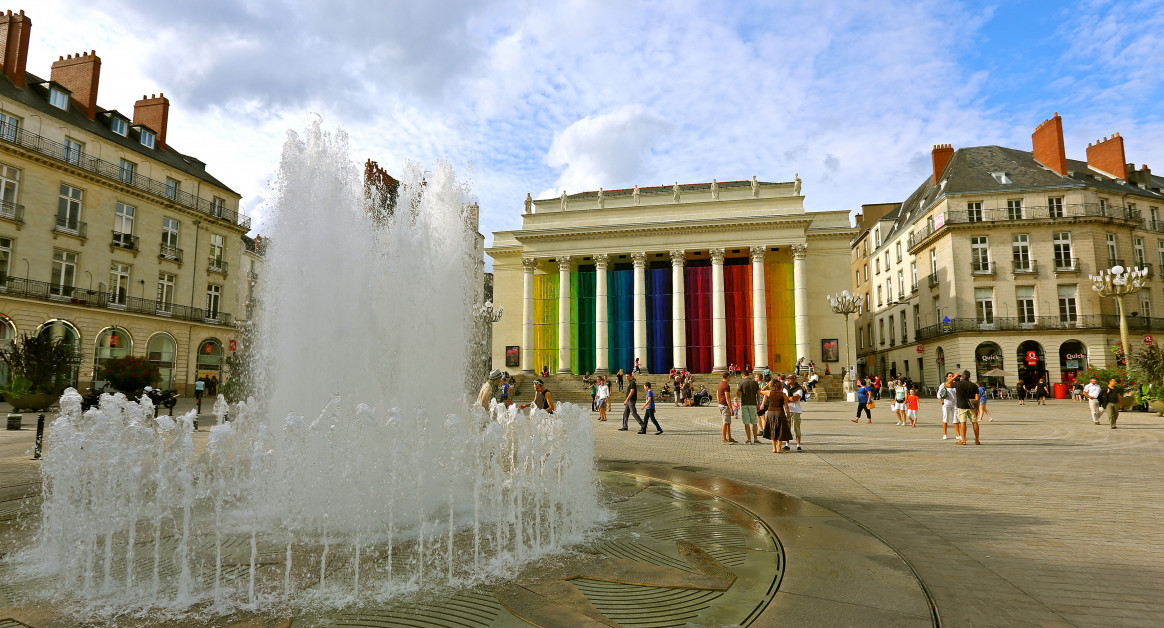
Finally, a visit to Nantes chateau tells the tale of Nantes through the ages. Nantes, from whence 43% of France’s slaving expeditions departed, has a heavy conscience. When the slave trade ended in the mid-19th century, the city turned to biscuits, using sugar from the West Indies, and local wheat, to revive its prosperity.
Then in the 1980s Nantes suffered another blow, the shipyards moved down the estuary to St Nazaire on the coast. So, the Loire Princesse cruises downstream, under the spectacular 3,356m cable-stayed St Nazaire bridge, to tell the story.
A tour around the Chantiers de l’Atlantique shipyard shows the sheer scale of contemporary cruise ship construction. The 22 deck Europa will carry 6,700 passengers, served by 2,100 crew. It even takes 24 hours to flood a dry dock so that there is sufficient water for a ship to float.
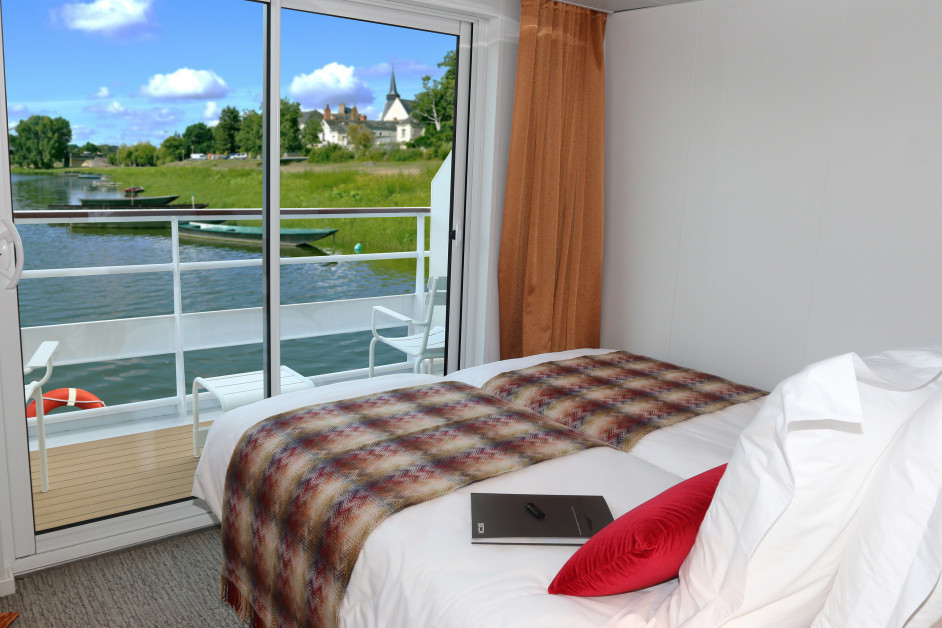
The neighbouring Escal’Atlantic museum recalls an era, before frequent air travel, when the great ocean liners competed to race across the Atlantic as quickly and luxuriously as possible.
This is a busy river cruise which presents diverse images of the Loire, both past and present. So busy in fact, that one lunchtime a buffet, rather than the usual three courses served meal is provided, as guests are rushing off on their next excursion. Another evening, after dinner, guests transfer to a smaller vessel for a cruise on the River Erdre. With after-dinner music and dancing, it all makes for an action-packed five nights cruise.
Tell Me More About this Croisieurope Loire River Cruise
T: 020 8328 1281
E: info-uk@croisieurope.com
CroisiEurope’s six-day Loire cruise onboard the MS Loire Princesse runs from April to October with prices from £1,487 per person for the cruise with all meals, drinks and port taxes.

